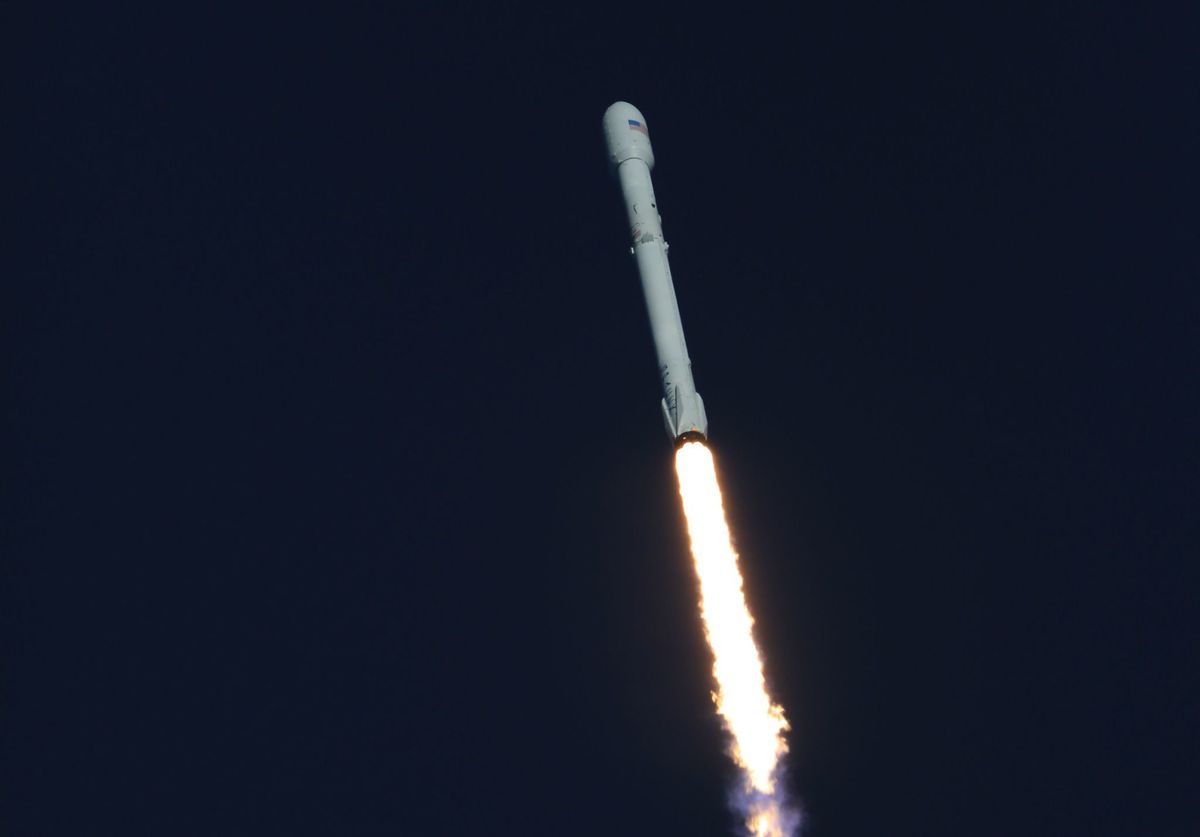LI
Size: a a a
2020 May 31
Судя по тому, что ступень вернулась, процесс они не поменяли - заправляют охлажденным топливом, потому что так больше помещается, потому что надо много топлива
there two issues, fueling while some one is onboard, and fueling with extra could fuel...
LI
Потому что это доп риски
и как ? выходят ?
OG
и как ? выходят ?
Ну судя по лицам космонавтов они бы не отказались не сидеть на пороховой бочке в момент ее заправки
LI
самолеты заправляют при посадке, только seat belts не включают...
LI
Ну судя по лицам космонавтов они бы не отказались не сидеть на пороховой бочке в момент ее заправки
это по каким лицам, я смотрел запуск вроде не заметил, можно конкретный пример тогда?
LI
Ну судя по лицам космонавтов они бы не отказались не сидеть на пороховой бочке в момент ее заправки
как же мы любим переводить тему :(
OG
как же мы любим переводить тему :(
Ну тема явно не то, соблюдают ли пдд
OG
Очевидно, что такой способ заправки - доп риски для экипажа
OG
это по каким лицам, я смотрел запуск вроде не заметил, можно конкретный пример тогда?
Это кстати видео и по отмене пуска
LI
Очевидно, что такой способ заправки - доп риски для экипажа
вот я и спросил чем очевидно, мне нет, так как я не специалист по жидкому топливу
LI
Это кстати видео и по отмене пуска
какое ? я смотрел оба... вроде кроме того что погода не зашла их другое не расстроило
OG
Тем что процесс заправки - технологический этап, сопряженный с риском утечки топлива/ взрывом. Если этот Этап производится без экипажа - для экипажа этот риск нивелирован
LI
Тем что процесс заправки - технологический этап, сопряженный с риском утечки топлива/ взрывом. Если этот Этап производится без экипажа - для экипажа этот риск нивелирован
а есть ссылки на тех документацию описывающую этот риск ?
LI
SpaceX вроде для этого заправляет баки гелием заранее
2020 June 01
LI
here is an example of a concrete disadvantage of this process https://www.businessinsider.com/spacex-instantaneous-launch-falcon-rocket-crew-dragon-space-station-weather-2020-5
LI
In fact, it's part of what gives the Falcon 9 its unprecedented thrust — the force behind its launch that allows it to push more than 50,000 pounds of cargo into orbit. The extra reserves also provide more wiggle room to reach orbit, and for SpaceX to land and recycle the rocket's booster — the biggest and most expensive part of the Falcon 9.
Once inside the rocket, however, the fuel begins to warm up, expand, and boil off. That fuel loss starts the launch clock ticking.
"That changes how much performance you get carrying into orbit, and we don't want to cut into those margins," Insprucker said.
Once inside the rocket, however, the fuel begins to warm up, expand, and boil off. That fuel loss starts the launch clock ticking.
"That changes how much performance you get carrying into orbit, and we don't want to cut into those margins," Insprucker said.
LI
so you miss the window you can't stop and go, you have to defuel and refuel....
LI
so a tradeoff - better performance vs better launch window flexibility
OG
а есть ссылки на тех документацию описывающую этот риск ?
Насколько помню, был ряд писем экспертов и меморандумов комитетов по безопасности
https://www.chicagotribune.com/business/ct-nasa-spacex-rocket-elon-musk-20180505-story.html
https://www.chicagotribune.com/business/ct-nasa-spacex-rocket-elon-musk-20180505-story.html
LI
Yep, it was back 4 years, ago... We are talking a different booster now, and possibly a diff process. NASA approved, after disapproving it initially





